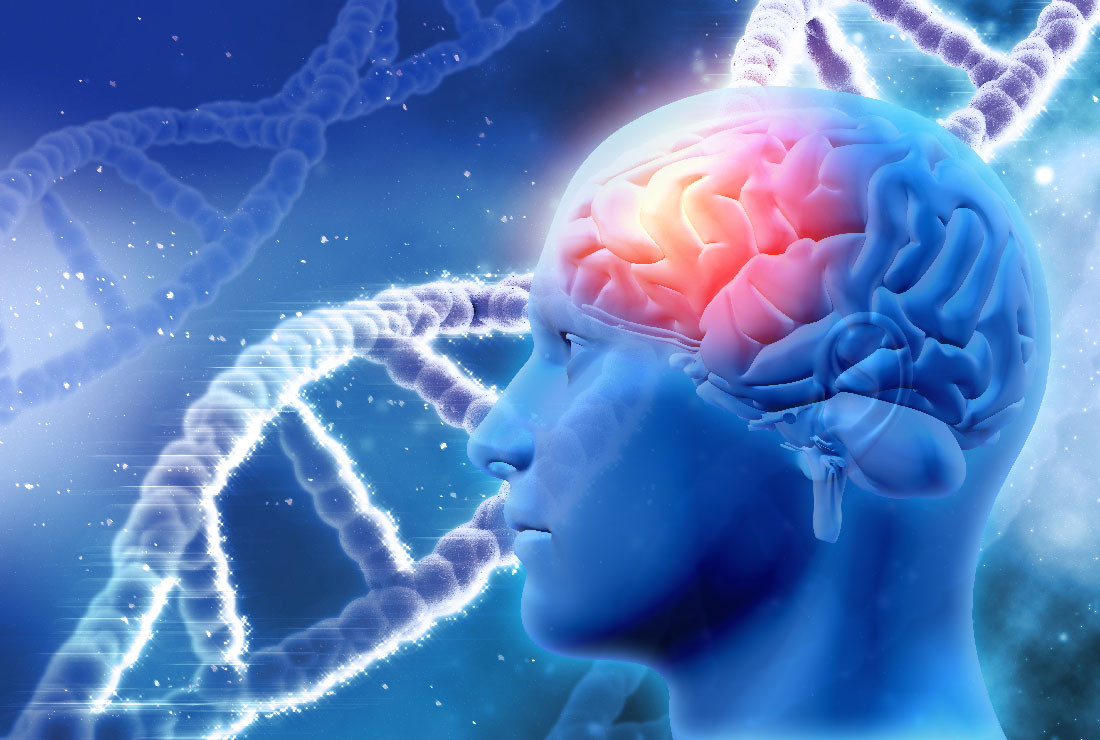Dysphonia Spastica: Symptoms, Causes, Treatment
What are the symptoms of dysphonia spastica?
Dysphonia spastica, also known as spastic dysphonia or laryngeal dystonia, is a neurological condition that affects the muscles of the voice box (larynx), causing spasms and affecting speech. Symptoms of dysphonia spastica can vary but may include:
- Strained or Strangled Voice: People with dysphonia spastica may have a strained or strangled-sounding voice, which can be characterized by a tight, squeezed, or strained quality.
- Hoarseness: Hoarseness or roughness in the voice is common in dysphonia spastica and may be more noticeable during periods of stress or fatigue.
- Voice Breaks: Voice breaks or interruptions in speech can occur due to spasms in the vocal cords.
- Pitch Changes: Changes in pitch, including a higher or lower voice than usual, can occur unpredictably.
- Breathy Voice: Some people with dysphonia spastica may experience a breathy or airy quality to their voice.
- Difficulty Speaking: Speaking may become more difficult or effortful, especially during longer periods of talking or when speaking in a loud environment.
- Voice Fatigue: Speaking for extended periods may lead to voice fatigue or discomfort.
- Voice Tremor: In some cases, a tremor or shaking of the voice may be present, especially during certain sounds or words.
Dysphonia spastica can have a significant impact on a person’s ability to communicate effectively. Treatment for dysphonia spastica may include voice therapy, botulinum toxin injections to temporarily paralyze the spasming muscles, and in some cases, surgery. It’s important for individuals experiencing symptoms of dysphonia spastica to seek evaluation and treatment from a speech-language pathologist or laryngologist.
What are the causes of dysphonia spastica?
Dysphonia spastica is believed to be caused by a neurological disorder that affects the muscles of the larynx (voice box). However, the exact cause of dysphonia spastica is not well understood. It is thought to be a type of focal dystonia, which is a movement disorder that causes involuntary muscle contractions and spasms.
Several factors may contribute to the development of dysphonia spastica, including:
- Neurological Factors: Dysphonia spastica is thought to be related to abnormalities in the brain’s control of the muscles of the larynx. These abnormalities may be caused by changes in the brain’s structure or function.
- Genetic Factors: There may be a genetic component to dysphonia spastica, as it can sometimes run in families.
- Environmental Factors: Exposure to certain environmental factors, such as vocal strain or injury, may contribute to the development of dysphonia spastica in some cases.
- Other Medical Conditions: Dysphonia spastica may occur secondary to other medical conditions, such as Parkinson’s disease, multiple sclerosis, or traumatic brain injury.
It’s important to note that dysphonia spastica is a rare condition, and not all cases have a clear underlying cause. Treatment for dysphonia spastica focuses on managing symptoms and improving vocal function, and may include voice therapy, botulinum toxin injections, and, in some cases, surgery.
What is the treatment for dysphonia spastica?
The treatment for dysphonia spastica, also known as spastic dysphonia or laryngeal dystonia, aims to improve voice quality and reduce the symptoms of spasms in the vocal cords. Treatment options may include:
- Botulinum Toxin Injections: Botulinum toxin (Botox) injections are commonly used to treat dysphonia spastica. The toxin is injected into the muscles of the larynx to temporarily paralyze them, reducing spasms and improving voice quality. The effects of Botox injections typically last for several months, after which repeat injections may be necessary.
- Voice Therapy: Speech therapy with a focus on voice exercises can help improve vocal quality and reduce strain on the vocal cords. Techniques such as relaxation exercises, breathing exercises, and vocal hygiene practices may be taught to improve vocal function.
- Medications: Some medications, such as muscle relaxants or anticholinergic drugs, may be prescribed to help reduce muscle spasms and improve voice quality. However, these medications are generally less effective than Botox injections and may have side effects.
- Surgery: In some cases, surgery may be considered as a treatment for dysphonia spastica. Surgical procedures such as selective laryngeal adductor denervation-reinnervation (SLAD-R) or recurrent laryngeal nerve sectioning may be performed to help improve voice quality.
- Complementary Therapies: Some individuals with dysphonia spastica may benefit from complementary therapies such as acupuncture, massage therapy, or biofeedback to help reduce muscle tension and improve voice quality.
Treatment for dysphonia spastica is typically individualized based on the severity of symptoms and the response to treatment. A multidisciplinary approach involving a speech-language pathologist, laryngologist, and neurologist may be necessary to develop an effective treatment plan.




